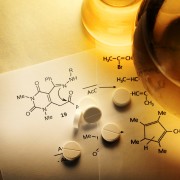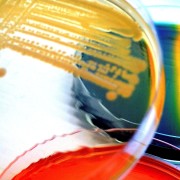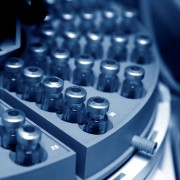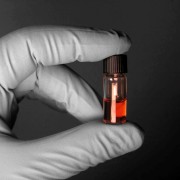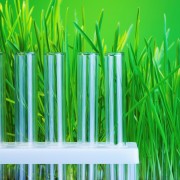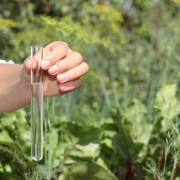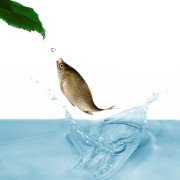The Biology Department is specialized in the following studies:
Toxicological studies, following the principles OECD-EPA :
- Acute oral toxicity, subchronic and chronic oral toxicity;
- Acute , subchronic and chronic oral toxicity;
- Inhalation toxicity, subchronic and chronic oral toxicity;
- Corrosive/ Irritant ocular effects;
- Corrosive/ Irritant dermal effects;
- Skin sensitisation;
- Mammalian erythrocyte micronucleus test;
- Mutagenicity test.
Ecotoxicological studies, following the principles OECD-EPA :
- Phytotoxicity assay;
- Toxic effects on algae;
- Toxic effects on microcrustaceans;
- Toxic effects on earthworms;
- Acute oral and contact toxicity to honey bee;
- Acute oral and dietary toxicity to birds;
- Acute and prolonged toxicity to fish;
- Nitrogen/Carbon transformation test: Soil microorganisms;
- Avian reproduction toxicity test.
Biological trials on medicinal and cosmetic products, following the guidelines of USP-FDA-EP:
- Dermic primary irritation index;
- Eye irritation index;
- Index of superficial dermal aggressiveness by repeated application;
- Index of dermal sensitization;
- Photosensitizing agents and Phototoxicity test;
- Vivo pyrogenic substances test;
- Safety test;
- Intracutaneo toxicity test;
- Histolesividad muscle test;
- Biological assessment of hormones.
Biological studies for registration of medicinal products for human and veterinary use.
Biological studies to obtain authorizations of use commercialization of medical technology products.
Design and carrying out of non-clinical studies (Pre-clinical).

